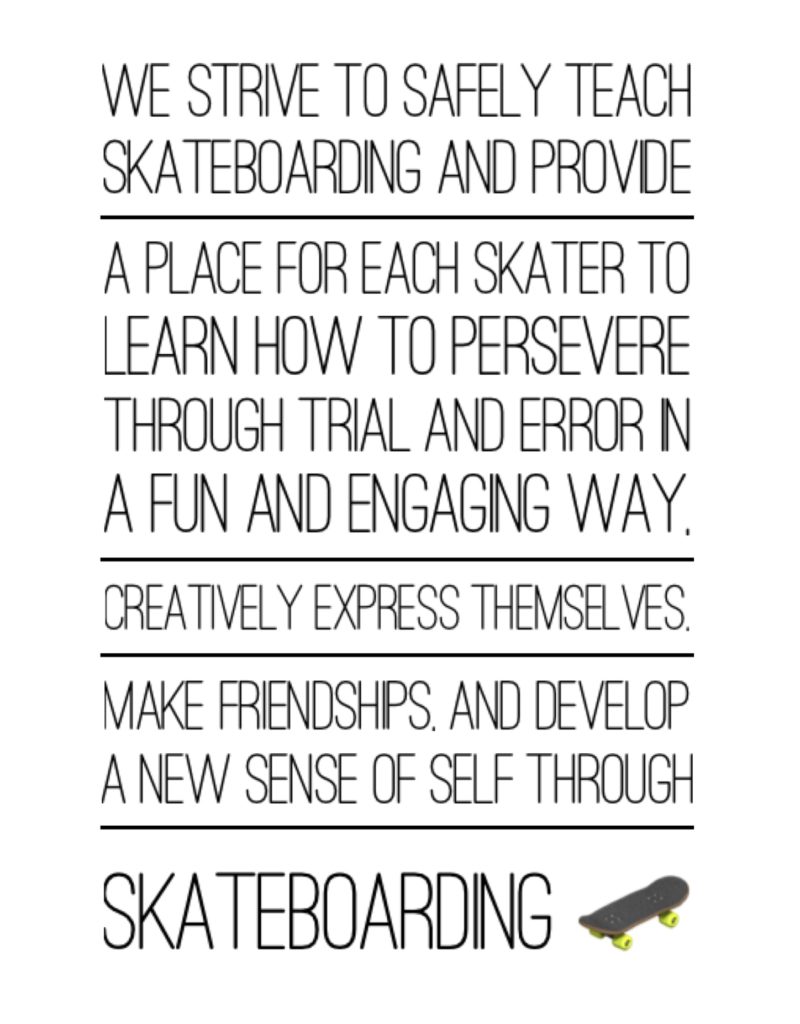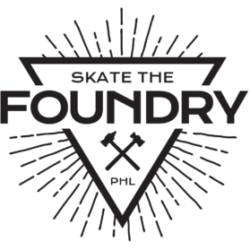If you are a first-time skateboarder, running or regular walking shoes are okay to use. However, we highly recommend that do not skate in running shoes if you plan to skateboard more than a couple days.
As skaters, we are constantly using our feet to do tricks, push, navigate, and even bail by jumping off the skateboard when attempting a trick/maneuver. Skateboarding is a difficult sport, and running shoes makes the sport much harder, puts the skater at a big disadvantage and increases the chances of getting injured.
Below are some of the major differences between running shoes and skateboard shoes.
Footprint:
Skate Shoes have wide soles that provide an increased surface area contact with the deck of the skateboard. Having a wide footprint allows the rider to navigate their skateboard with maximum balance and control.
Running shoes have a really small footprint, making it harder to navigate and balance.
Material:
Skate shoes are very durable. They are a bit heavier than running shoes because they are built to endure the abuse skaters will put on them. Skaters are always jumping down/over obstacles, sliding their feet across the grip-tape, and stopping by dragging their foot across the ground.
Running shoes are made to bend easily, and the material rips very easily when riding.
Angle:
Skate shoes have a flat sole that allows the bottom of the shoe to completely touch the ground and the skateboard. flat soles also provide maximum grip to the deck.
Running shoes have heel raised soles that puts the skater in danger of twisting/rolling their ankle when stepping off their skateboard. Simple moves such as pushing, stopping, or jumping off the board in emergency situations can cause an ankle sprain. Additionally, shoes on an angle will make it harder to balance when riding, increasing the probability of the skater jumping off and twisting their ankle.
Recommended Skate Shoes: Vans, Nike SB, DC Shoes, Es, Emerica, Lakai

